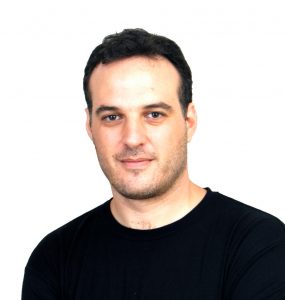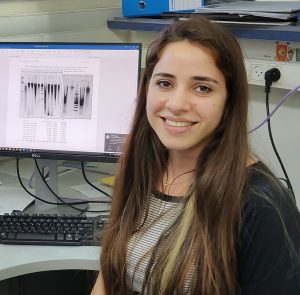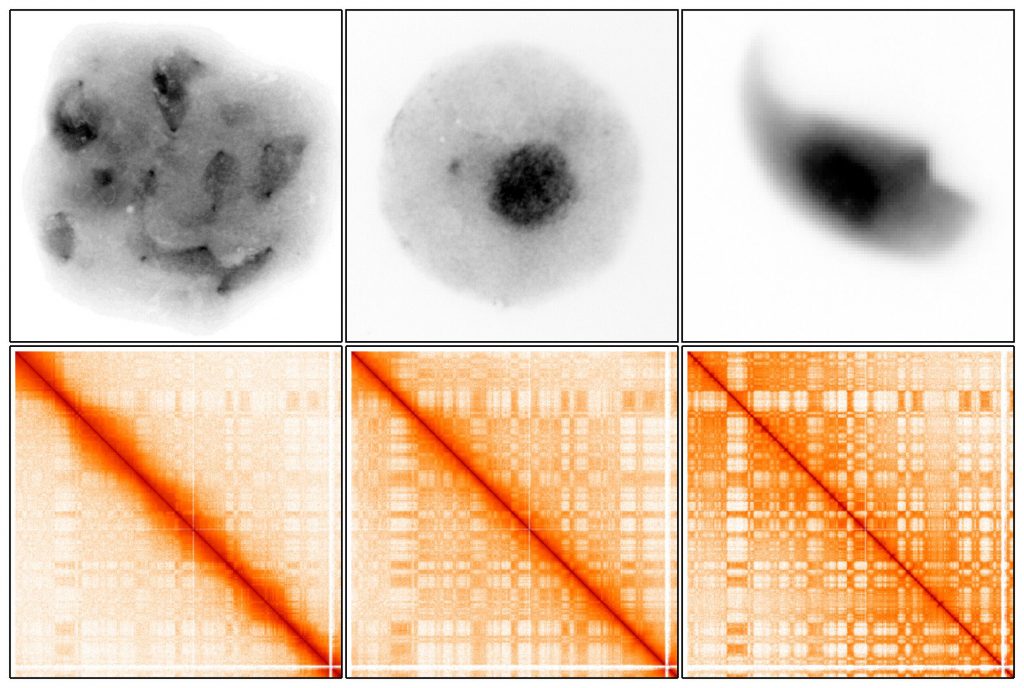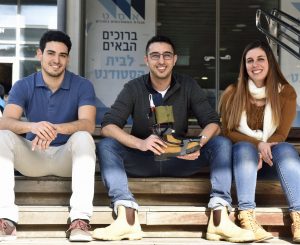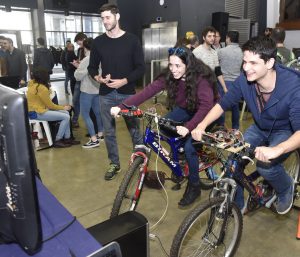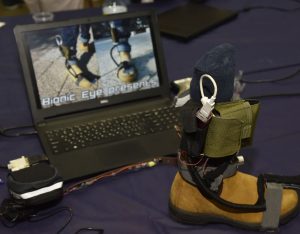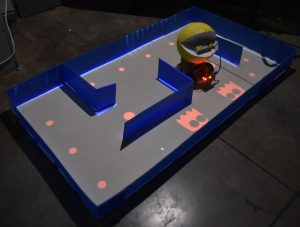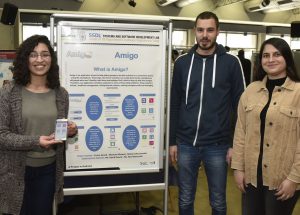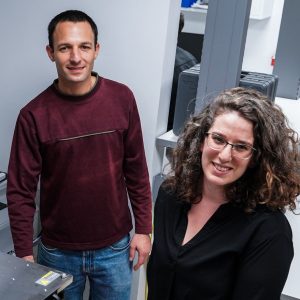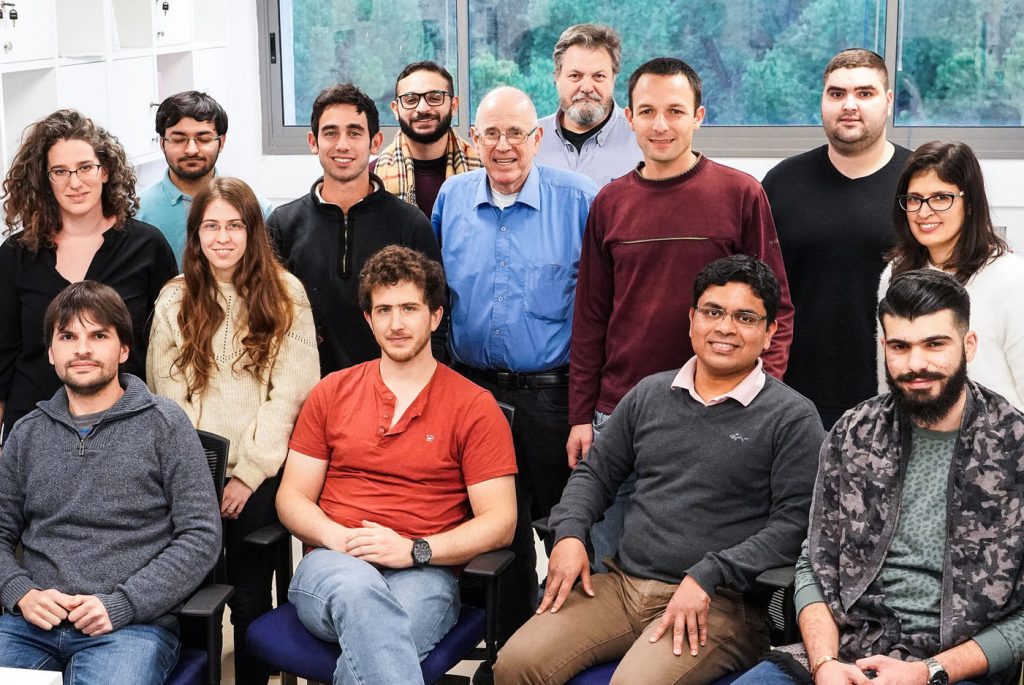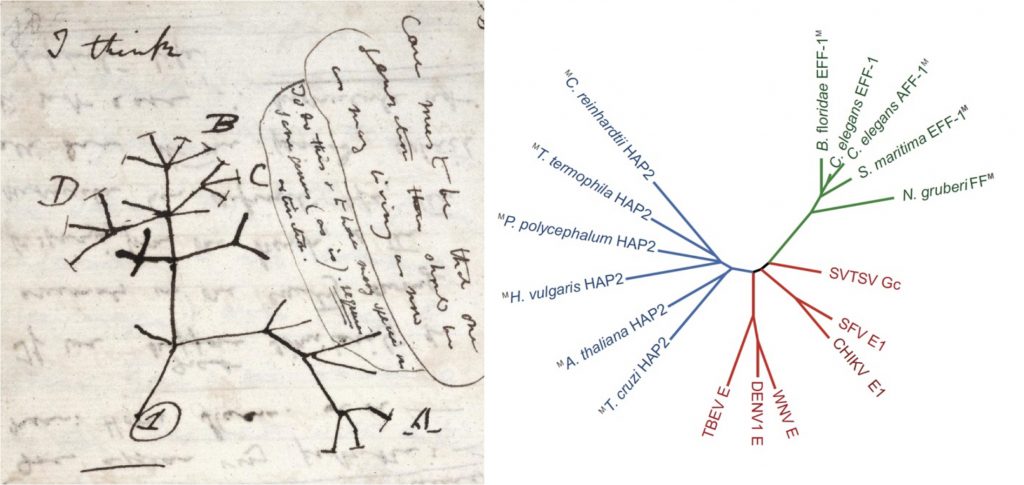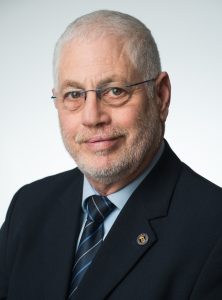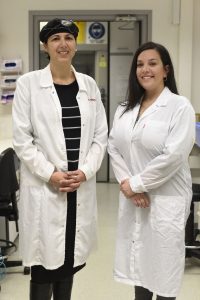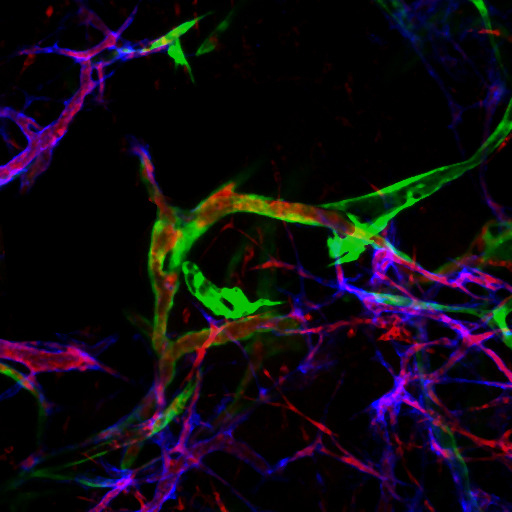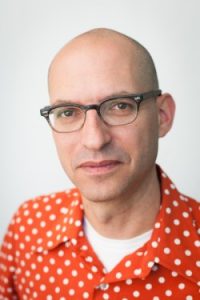Three exceptional researchers granted 2019 Blavatnik Awards for Young Scientists in Israel
The three researchers, from the Weizmann Institute of Science and the Technion – Israel Institute of Technology, will be awarded US$100,000 each – one of the largest unrestricted prizes ever created for early-career researchers in Israel
Jerusalem, February 4, 2019 – The Blavatnik Family Foundation, the New York Academy of Sciences, and the Israel Academy of Sciences and Humanities (IASH) announced today the 2019 Laureates of the second annual Blavatnik Awards for Young Scientists in Israel.
The Blavatnik Awards recognize outstanding, innovative early-career scientists and engineers for both their extraordinary achievements and promise for future discoveries.
The prizes are awarded to promising scientists and engineers aged 42 and younger for their breakthrough research in the disciplines of Life Sciences, Chemistry, and Physical Sciences and Engineering.
In 2019, 33 nominations were received from seven universities across the country. Members of the Awards’ Scientific Advisory Council, which includes IASH President, Professor Nili Cohen and is co-chaired by Nobel Prize Laureate Professor Aaron Ciechanover and President and Chief Executive Officer of the New York Academy of Sciences, Mr. Ellis Rubinstein were also invited to submit nominations. A distinguished jury of leading senior scientists and engineers from throughout Israel selected the Laureates.
The 2019 Blavatnik Awards in Israel Laureates are:
LIFE SCIENCES
Dr. Michal Rivlin (40), Senior Scientist, Department of Neurobiology, Weizmann Institute of Science
Dr. Rivlin’s groundbreaking work has transformed our understanding of how we see. Her research has led to a paradigm shift in our understanding of the retina, a part of the eye where all visual processes begin. Dr. Rivlin’s work has revealed that cells in the retina can dynamically change their response properties to stimuli such as motion and light. Her findings challenge the dogma that responses of retinal cells are fixed and hardwired. Her discoveries raise fundamental questions about how we see and have implications for our understanding of the mechanisms underlying computations in neuronal circuits, the treatment of retinal diseases and blindness, and the development of computer vision technologies.
CHEMISTRY
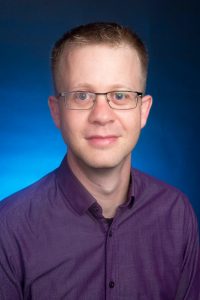
Dr. Moran Bercovici
Dr. Moran Bercovici (36), Associate Professor, Faculty of Mechanical Engineering, Technion – Israel Institute of Technology
Dr. Bercovici is being recognized for his innovative research in microfluidics, contributing to fundamental understanding of the chemical and physical behavior of fluids at extremely small scales, as well as to the invention of cutting-edge technologies in this field. His highly multidisciplinary research which couples fluid mechanics, electric fields, heat transfer, chemical reactions, and biology has the potential to not only miniaturize existing large-scale processes but also to create new capabilities that are not possible at large scale. For example, Dr. Bercovici and his team at Technion have developed a series of Lab-on-a-Chip technologies which significantly shorten the time and improve the sensitivity of traditional molecular analysis techniques, enabling rapid and early disease diagnostics as well as offering new research tools to scientists. Innovations coming from his lab also have potential use in many other fields including soft actuators, adaptive optics, single cell analysis, and microscale 3D printing.
PHYSICAL SCIENCES and ENGINEERING
Dr. Erez Berg (41), Associate Professor, Department of Condensed Matter Physics, Weizmann Institute of Science
Dr. Berg has conducted creative and influential theoretical studies to gain valuable insights into quantum materials — materials whose electronic properties cannot be understood with concepts from contemporary physics textbooks. Dr. Berg developed a landmark computational method to study an important phenomenon, called metallic quantum criticality, which is commonly seen in many quantum materials. Recently, he predicted a new method to reversibly switch superconducting devices between topological and non-topological states, which is very promising for storing and manipulating quantum information. His research has provided important insights into the physics principles behind a wide variety of exotic phenomena in quantum materials, which will help to speed up the implementation of these materials in next-generation electronics, including quantum computing, magnetic resonance imaging (MRI), and superconducting power lines.
“For over 70 years, Israeli innovation has led to groundbreaking discoveries in science and technology,” said Len Blavatnik, Founder and Chairman of Access Industries and Head of the Blavatnik Family Foundation. “These exceptional researchers demonstrate the immense potential of the new generation of scientists in shaping the future. It is imperative to recognize and support leading innovators early in their careers to maximize impactful scientific breakthroughs.”
Ellis Rubinstein, President and Chief Executive Officer at the New York Academy of Sciences, noted that: “The sensational, cutting-edge innovations by these dynamic young researchers who are being honored, are truly inspirational. These future leaders join the growing global alumni of extraordinary talent and dedication who are at the core of the Blavatnik Awards for Young Scientists program. We look forward to celebrating their future game-changing discoveries.”
Professor Nili Cohen, President of the Israel Academy of Sciences and Humanities, said, “Together with the Blavatnik Family Foundation and the New York Academy of Sciences, we are proud to recognize and support these exceptional young scientists with this prestigious award. Each of them demonstrates their outstanding merit, their passion for pushing the frontiers of scientific discovery, and their bright future as part of a new generation of pioneering Israeli scientists.”
The 2019 Blavatnik Awards for Young Scientists in Israel will be conferred at a formal ceremony in Jerusalem on April 7, 2019. The Laureates will join over 250 of their peers as fellow members of the Blavatnik Science Scholars community. They will also be invited to attend the annual Blavatnik Science Symposium each summer in New York City, where members come together to collaborate on cross-disciplinary research and share new ideas.
About the Blavatnik Awards for Young Scientists
The Blavatnik Awards for Young Scientists, established in 2007 by the Blavatnik Family Foundation and administered by the New York Academy of Sciences, honor exceptional young scientists and engineers by celebrating their extraordinary achievements, recognizing outstanding promise, and accelerating innovation through unrestricted funding. The Awards were established in New York and began as regional awards for young scientists and engineers in New York, New Jersey, and Connecticut. The Blavatnik National Awards for Young Scientists were established in 2014 and are awarded to faculty-rank scientists annually across the United States. With the 2017 launch of the Blavatnik Awards for Young Scientists in Israel ― in collaboration with the Israel Academy of Sciences and Humanities ― and in the United Kingdom, there are now more than 250 recipients of regional, national, and international Blavatnik young scientist honors.
About the Blavatnik Family Foundation
The Blavatnik Family Foundation is an active supporter of leading educational, scientific, cultural, and charitable institutions in the United States, the United Kingdom, Israel, and throughout the world. The Foundation is headed by Len Blavatnik, an American industrialist and philanthropist. Mr. Blavatnik is the Founder and Chairman of Access Industries, a privately-held U.S. industrial group with global interests in natural resources and chemicals, media and telecommunications, venture capital, and real estate. Among other assets, Access Industries owns the Israeli Clal Industries group. For more detailed information, please visit www.accessindustries.com or www.blavatnikfoundation.org.
About The New York Academy of Sciences
The New York Academy of Sciences is an independent, not-for-profit organization that since 1817 has been committed to advancing science, technology, and society worldwide. With more than 20,000 Members in 100 countries around the world, the Academy is creating a global community of science for the benefit of humanity. The Academy’s core mission is to advance scientific knowledge, positively impact the major global challenges of society with science-based solutions, and increase the number of scientifically informed individuals in society at large. Please visit us online at www.nyas.org and follow us on Twitter at @NYASciences.
About the Israel Academy of Sciences and Humanities
The Israel Academy of Sciences and Humanities is the preeminent scientific institution in Israel. It was established by law in 1961, and acts as a national focal point for Israeli scholarship in all branches of the sciences, social sciences, and humanities. The Academy comprises 128 of Israel’s most distinguished scientists and scholars who operate in two sections – the sciences section and the humanities section.
It is tasked with promoting Israeli scientific excellence; advising the government on scientific matters of national interest; publishing scholarly research of lasting merit, and maintaining active contact with the broader international scientific and scholarly community. For more information about the Israel Academy of Sciences and Humanities, please visit www.academy.ac.il.
To learn more about this year’s Laureates, go to:
http://blavatnikawards.org/honorees/israel-laureates/michal-rivlin/
http://blavatnikawards.org/honorees/israel-laureates/moran-bercovici/
http://blavatnikawards.org/honorees/israel-laureates/erez-berg/
To follow the progress of the Blavatnik Awards, please visit www.blavatnikawards.org or follow us on Facebook and Twitter (@BlavatnikAwards).
